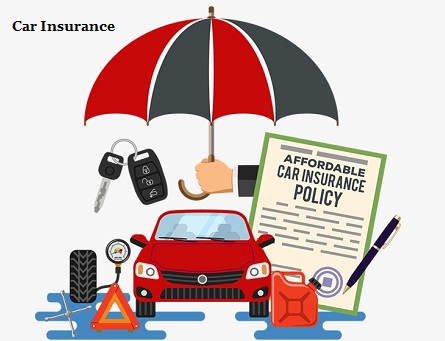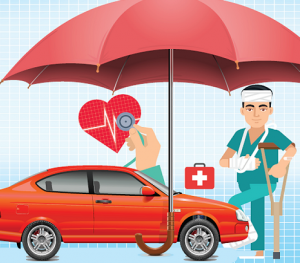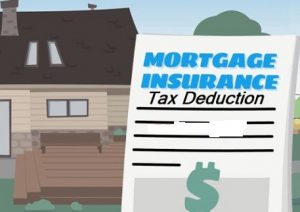Hit the road with the right car insurance policy
Auto insurance is a must if you own a car. Most states require you to carry insurance, and without it, you face financial disaster if you cause a serious accident and get sued.
Car insurance can also pay to repair your vehicle if it gets damaged in a crash or natural disaster, like hail or wildfire, or is vandalized or stolen.
Car insurance coverage types
One policy can include several types of coverage.
Liability insurancepays for others’ damage and injuries when you cause an accident. Most states require you to carry at least a minimum level of bodily injury and property damage liability coverage. See states minimum car insurance requirements.
The coverage limits are expressed as three numbers. Limits of 25/50/25, for example, would provide up to $25,000 per person injured in an accident, up to $50,000 of coverage for injuries per accident and $25,000 for property damage per accident. Remember, liability insurance pays out to other people; it does not cover you, your passengers or your car.
Personal injury protection (PIP) or medical payments (MedPay) coverage pays the medical bills for you and your passengers after a car accident, regardless of who caused the crash. PIP also covers lost wages and funeral costs. Some states require you to buy PIP or MedPay.
insurance quote car Uninsured motorist (UM) and underinsured motorist (UIM)comes to the rescue if you’re hit by a driver who has no insurance or not enough coverage. UM pays your medical bills if you’re injured in an accident caused by an uninsured driver. UIM kicks in if your medical expenses exceed the other driver’s liability coverage limits. UM and UIM are required in some states.
Uninsured motorist property damage (UMPD)covers your car if an uninsured driver hits you, but the coverage isn’t available in every state. Roughly one in eight drivers is uninsured, according to a 2014 Insurance Research Council report.
Collision coverage pays to repair your own vehicle after a crash. It’s an optional form of coverage, although your car-loan lender might require you to have it. Collision will kick in if you hit a tree, for example. Or, if an uninsured driver hits you and you don’t have UMPD, you could make a collision claim for your car’s repairs. Any collision payment will be reduced by the amount of your collision deductible insurance quote car .
Comprehensive coverage has a misleading name because it applies only to certain circumstances. It pays out if your car is stolen (and not recovered) or damaged by a natural disaster, if you hit an animal or if your car is vandalized. Like collision, comprehensive is optional, but your lender might require it. Here too, a comprehensive claim payment will be reduced by the amount of your deductible.
Roadside assistance and other extras can come in handy in a pinch. Roadside assistance covers towing and emergency roadside service when your car breaks down. Rental reimbursement pays for a rental car while your car is in the shop after a covered accident. Gap coverage kicks in if the insurer declares your car a total loss, and the payout from the insurance company for the vehicle’s actual cash value is less than the amount you owe on the car loan. See: Save yourself some car insurance grief: Buy gap coverage.
Car Insurance Quotes – Car-Insurances
How car insurance rates are set
The price you pay for car insurance depends on the type and amount of coverage you buy, the deductible for collision and comprehensive insurance, the kind of vehicle you own and the characteristics of you and the other drivers listed on the policy. Here are the most and least expensive 2017 vehicles to insure.
Factors that insurers generally consider when setting your rate include insurance quote car :
- Your driving record. Speeding tickets and other infractions increase premiums.
- Your accident and claims history. There’s no point trying to hide your previous problem. Insurers will access your C.L.U.E. report to find out your claims for the past seven years.
- Your credit record. A good credit history helps keep premiums low. Insurers say there is a link between spotty credit history and the likelihood of filing claims. Not all states allow credit to be a factor in auto insurance pricing.
- Your age. Rates are highest for teenagers because they are risky drivers. Their crash rate per mile driven is about three times that of drivers age 20 and older, according to the Insurance Institute for Highway Safety. Rates begin to drop around age 25, and you’ll likely enjoy the best rates in your 50s and early 60s.
- Your sex. Young women usually qualify for lower rates than young men, but the difference diminishes with age.
- Where you live. Car insurance rates vary widely by state and also by ZIP code. Insurers base rates on where the car is garaged.
- How much you drive. Your daily commute and annual mileage will affect your rate. The more your car is on the road, the greater your chance for a claim.
Shopping for auto insurance
Consider insurance quote car your assets when deciding how much liability insurance to buy. The state minimum requirements for coverage are too low for many people. Collision and comprehensive insurance are important for newer vehicles but usually aren’t cost-effective for clunkers.
Shop around for car insurance quotes – rates, policy options and customer service vary by insurer. Insure.com’s customer satisfaction ratings reveal which insurers get the highest marks.
And make sure you take advantage of discounts in order to lower your bill. Typical discounts include those for multiple vehicles on a policy, auto safety features, anti-theft devices and good students. You might also be able to get a discount for paying in full, buying home insurance with the same insurer, or being a customer for a few years or more.



